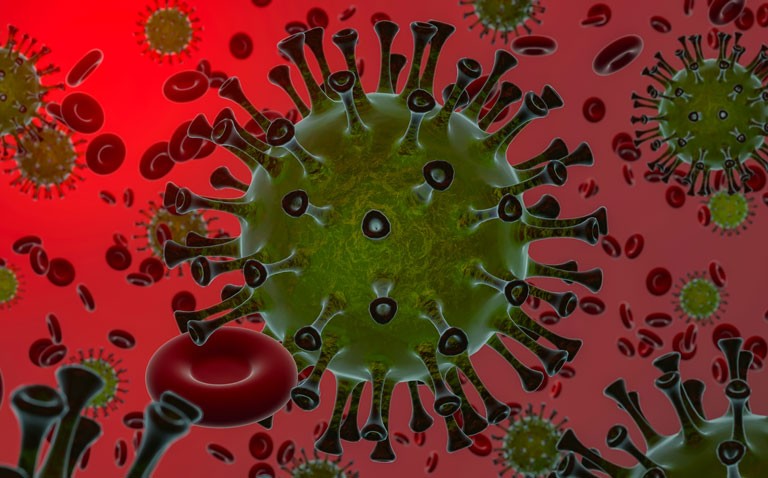Early in the pandemic emerging reports suggested that COVID-19 was associated with coagulation dysfunction, leading to thromboembolism.
Furthermore, the presence of hypercoagulation and thrombotic complications appeared to correlate with a worse prognosis.
Although COVID-19 is principally a respiratory infection, studies have shown that the virus also leads to coagulatory dysfunction and which increases the risk of both arterial and venous thromboembolism (TE) and ultimately mortality. In fact, the presence of TE correlates with a more severe form of infection. However, studies to date have shown that the association between TE and mortality in patients with COVID-19 is poorly characterised. This prompted a team from the Department of Surgery, University of California, US, to undertake a systematic review and meta-analysis of available studies to provide a more precise estimate of TE rates in COVID-19 and to determine the association between TE and mortality. They searched all the major databases in June 2020 and included studies where the thromboembolic event could be calculated. The primary outcomes were venous and arterial TE (ATE), deep vein thrombosis (DVT) and pulmonary embolism (PE) as individual endpoints and mortality in those who develop TE.
Findings
The review identified 42 studies with 8271 patients which were included in the meta-analysis. The overall rate of venous TE was 21% but this increased to 31% among patients admitted to an intensive care unit (ICU). Similarly, the rate of DVT was 20% but this increased to 28% among patients admitted to ICU. The overall rate of PE was 19% among patients in ICU. The pooled rate of ATE was much lower at 2%. The researchers calculated that the pooled odds of mortality among patients who developed a TE was 74% higher than those without the condition (odds ratio = 1.74, 95% CI 1.01 – 2.98, p = 0.04). Commenting on these findings, the authors stated how their observed rate of venous TE was much higher than expected for hospitalised patients with acute infections, which were estimated from previous work as been only 15.5%.
They concluded by noting that studies on the value of thromboprophylaxis and the optimal dosing in COVID-19 patients are currently ongoing but eagerly awaited given the higher risk of mortality due to TE.
Citation Malas MB et al. Thromboembolism risk of COVID-19 is high and associated with a higher risk of mortality: A systematic review and meta-analysis. Clin Med 2020. https://doi.org/10.1016/j.eclinm.2020.100639










